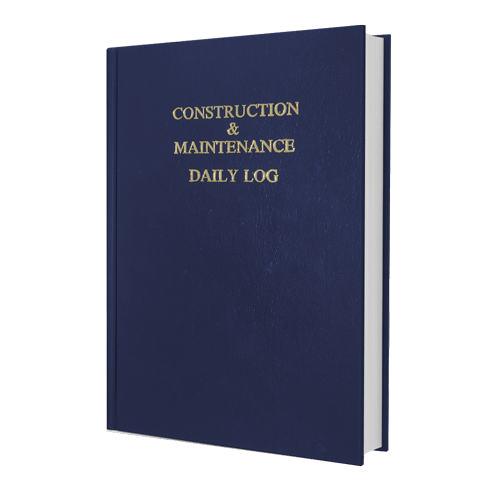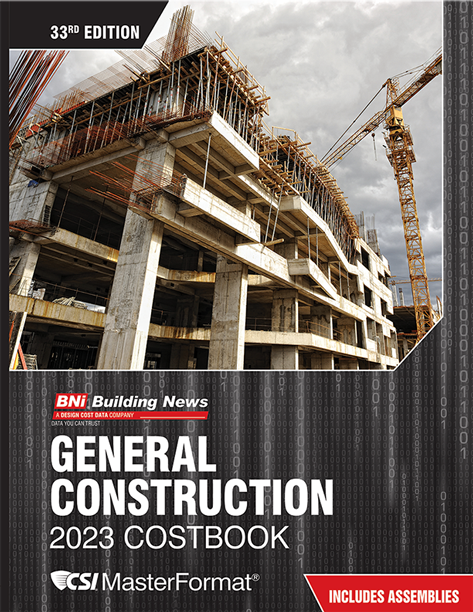Wayne Smith is a builder and general contractor. Last year, he successfully completed and sold 57 new homes. His customers, bankers, accountants, developer, suppliers, subcontractors and insurance companies are very happy with him. Years ago, Wayne started building one or two homes a year while allowing himself enough time to fish for steelhead and salmon in the great northwest. Since he was fishing more than working in those days, he had a lot of time to think. The time he took fishing and thinking paid off because this year he is building twice the number of homes.
He has vision. I don’t mean good eyesight. I mean he has spent many hours thinking through the building process and has spent considerable time investigating products. Although his home prices range from $135,000 to $170,000, one will experience features that only appear in homes that are twice the price. Let’s forget the features and the low cost of the homes. Let’s look at the super vision this guy has.
His homes are built on small, fully improved lots. Careful attention is given to locating the home at the proper elevation in order to create a desirable appearance, as well as keeping the homes high and dry. He carefully considered the problems associated with moisture and chose to clad his homes with plywood, vapor barrier and vinyl siding. Windows are properly flashed, and gutters and downspouts are large enough to handle the water volume presented in our northwestern climate. Even the gable ends are covered in vinyl-shingle siding. The exterior of the home never needs painting and comes with a 50-year transferable manufacturer warranty covering material and labor.
Moving to the interior drywall, I noticed that the homes have a somewhat heavy orange-peel texture. However, it was consistent and looked great. Corners, both bullnose and 90 degree, were crisp and clean. I couldn’t find any settling cracks or bows in the walls or ceilings. Windows were wrapped three sides with drywall and looked excellent. Whoever was doing the drywall was doing a great job!
Time to clean house
However, part of the reason the drywall looks so good is because Wayne keeps his houses clean and runs the heat several days before the drywall is started. I’m talking about permanent heat—not some stinking moisture breathing propane.This guy is making good money and the subcontractors love to work for him. Yes, he pays his subs on the 10th of the month. More important is the fact that Wayne has involved his subs in his vision of building a high-quality affordable home. Finally, and the most interesting to me, is that he hasn’t had any problems or legal issues with buyers at a time when lawsuits are flying over water intrusion and mold. Why is that?
I believe there are several reasons why Wayne is not saddled with the legal issues that plague our industry. First of all, he really does have super vision during the planning and construction process. He looks for problems in the design and tries to get them corrected prior to construction. When Wayne starts construction, he only builds four or five homes at first so he can identify problems. After that process is complete, the changes are made to the designs and he is ready to construct the rest of the homes.
During the construction process, he is on site from the time the crews start until they leave. He uses his super vision during construction to look for potential problems or improvements, thereby providing a superior product.
Do you have super vision? Do we train our people to look for potential problems or defects that may come back to bite us in the future? Do we apply drywall to wet lumber or apply stucco to walls that have windows or doors improperly flashed? Are we looking for problems?
Wayne and his architect designed several homes, which would be built on 35-foot wide lots. I walked through two of the homes and was very impressed with the quality, spaciousness, and most of all, Wayne’s professional approach to construction. I was really impressed with the plumbing system. Every water line is a home run from the water panel so that in the event of a leak, the water can be turned off at the panel affecting only that particular home run. The water can be turned off to the toilet and still have water to the bathtub.
Super furry vision
In seeing his homes, I couldn’t help but wonder why he has super vision and others don’t. Super vision is more than looking over a set of plans and details. It’s the ability to visualize the finished product before it’s done while working out solutions to problems.After looking at Wayne’s homes, I decided I needed an acronym to help me remember what super vision consists of. That acronym is IBAL (that phonetically sounds like “eyeball”) or “investigate before accepting liability.”
At some point in our careers, we will hear the GC say those infamous words, “Why didn’t you tell me?” “You should have told me” or “Nobody told me about it.” What I’m suggesting is that we tell the GC everything. Tell the GC that the windows are not properly flashed or that the roof is leaking. Tell the GC that there must be heat!
Based on insurance claims, it appears that subcontractors are like baby chicks following the mother hen (the GC) without question. The mother says that the work is ready and the baby chicks go to work framing, hanging board, lathing or painting. Those days are gone. We can follow the mother hen but we have to investigate to see if what the mother is telling us is accurate. How long does it take to look over the job before it starts?
What we don’t think about is that our insurance polices are like a warranty. If something goes wrong and the building leaks, sags or fades, we will most likely be involved in some sort of lawsuit.
Following the mother hen without inspecting is something all of us have to change. Inspecting the job before we start and letting the GC know in writing of our concerns is critical. At least it gives the GC the opportunity to correct things that need correcting. General contractors only do what they have too in most cases. If they have to spend time re-framing or straightening walls, they don’t like it. If they have to remove windows to re-flash them properly they resist. Why? Because it costs them time and money to do things over.
The mother hen doesn’t want any liability and will do anything to protect itself from liability. That’s where us baby chicks come into play. Our insurance defends the mother in the event of a claim until it is proven that the mother hen is responsible. In the meantime, our insurance company has to pay the cost of defending us.
The mother hen leads us chicks safe and sound along the roadside and when they encounter a fox along the way, the mother makes a beeline across the busy highway to get away. The chicks follow the mother across the busy highway dodging a convoy of 18-wheelers when suddenly you hear, splat, splat, splat. Yes, the mother made it across but the chicks are stuck to the back of some guys’ mud flaps.
It’s a good idea to IBAL the work before you get started. Why did the chicken cross the road? The chicken didn’t want too but when she saw the fox coming she thought her odds would be better dodging semis rather than a smart old fox.
Us chicks need to understand that we are at the bottom of the food chain, taking all of the risks, while the owner fox and the GC hen rely on our chicken feed to take care of their poor designs, workmanship, and lack of cooperation.
Inspect before accepting liability. If you don’t, it’s like shutting the gate after the fox and hen have left the coop. If us chickens IBAL and not allow the fox and hen to scare us across the road, we might see less problems, lower insurance rates and a lot more scratch.
Remember: Teamwork begins with a fair contract!
Sidebar: Quality Control Responsibilities
Company Owners
• Publish a policy that reflects senior managements commitment to quality control.
• Ensure that a written company QC Manual is developed and updated.
• Designate specific responsibilities for carrying out QC and claim loss control.
• Provide budgetary funds and personnel to support the firms
QC program.
• Review daily logs, reports, memos and specifications related to
specific projects.
• Become familiar with the QC policy.
• Establish, attend and make available tools and training as needed to support employees for the purpose of controlling quality and claims.
• Create an overall awareness as to costly affect claims have on companies as well as the insurer.





Report Abusive Comment